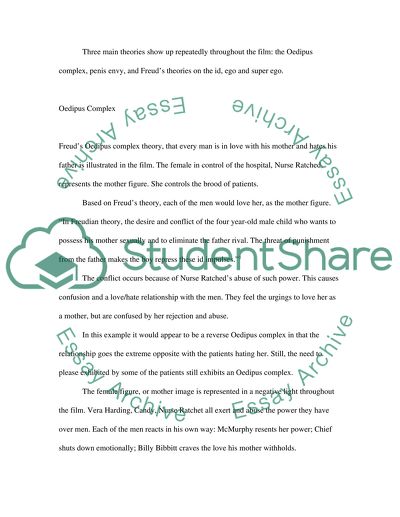Cite this document
(“Sigmund Freuds Theories On Psychoanalysis In Cinema Essay”, n.d.)
Retrieved from https://studentshare.org/visual-arts-film-studies/1507995-describe-and-explain-main-principles-of-sigmund-freuds-psyhoanalytical-theory-with-reference-to-film
Retrieved from https://studentshare.org/visual-arts-film-studies/1507995-describe-and-explain-main-principles-of-sigmund-freuds-psyhoanalytical-theory-with-reference-to-film
(Sigmund Freuds Theories On Psychoanalysis In Cinema Essay)
https://studentshare.org/visual-arts-film-studies/1507995-describe-and-explain-main-principles-of-sigmund-freuds-psyhoanalytical-theory-with-reference-to-film.
https://studentshare.org/visual-arts-film-studies/1507995-describe-and-explain-main-principles-of-sigmund-freuds-psyhoanalytical-theory-with-reference-to-film.
“Sigmund Freuds Theories On Psychoanalysis In Cinema Essay”, n.d. https://studentshare.org/visual-arts-film-studies/1507995-describe-and-explain-main-principles-of-sigmund-freuds-psyhoanalytical-theory-with-reference-to-film.


